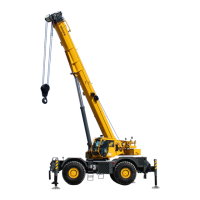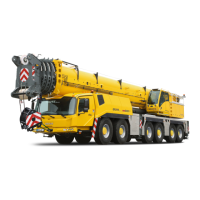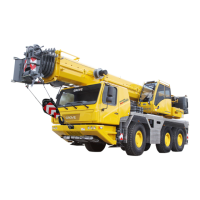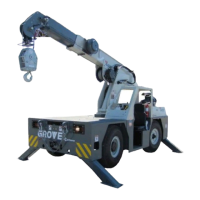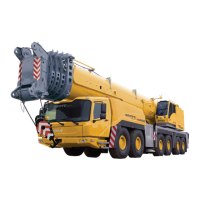Grove Published 01-29-2015, Control # 512-01 1-11
TMS700E SERVICE MANUAL INTRODUCTION
Table 1-2
Electrical System
Connectors, Harnesses, Wires, and Cables
Visually inspect all electrical harnesses, cables, and
connectors every month or 250 hours for the following:
• Damaged, cut, blistered, or cracked insulation.
• Exposed bare wires.
• Kinked or crushed wires and cables.
• Cracked or corroded connectors, battery terminals, and
ground connections.
If any of the above conditions exist, evaluate and replace as
necessary.
The climate in which the crane operates affects the service
life of the electrical components. The climate zones are
defined in Table 1-2. Recommended replacement of harness
and cables is as follows:
• Climate zone C after 10,000 hours of service.
• Climate zones A and C with high ambient temperatures
and duty cycles after 8,000 hours of service.
• Climate zones D and E after 10,000 hours of service.
• Salt water conditions after 8,000 hours of service.
Fatigue of Welded Structures
Experience has shown that highly stressed welded
structures when repeatedly subjected to varying stresses
caused by twisting, shock, bending, and intentional and/or
unintentional overloads, often become subject to weld
cracking which may be attributed to fatigue of the welded
joint. This condition is not uncommon in construction
equipment.
Equipment should be periodically inspected for evidence of
weld fatigue. The frequency of these inspections should be
commensurate with the age of the equipment, the severity of
the application, and the experience of the operators and
maintenance personnel.The following are known high stress
areas applicable to Grove machines, and a visual inspection
of these areas should be made part of an owner’s planned
preventive maintenance program:
• Power Telescope Boom - wear pad retaining structures,
hydraulic cylinder attaching points, boom pivot shaft
retaining structures.
• Outrigger pads, beams, boxes and attachment
structures.
• Main frames - generally in the area of doubler plates and
crossmembers; at the junction of front and rear frame
members on truck cranes.
• Turntable bearing connection (where bearing is welded
to the crane superstructure or chassis).
• Counterweight support structures.
• Chassis axle and suspension mounting structures.
• Hydraulic cylinder end connections.
The above is provided only as a guide, and your inspection
plan should not be limited to the areas listed. A thorough
visual inspection of all weldments is good practice.
Anyone requiring more detailed inspection instructions and/
or repair procedures may request same by contacting your
distributor.
Loctite®
Always follow the directions on the Loctite container as not
all Loctite types are suitable for all applications. Various
types of Loctite are specified throughout the Service Manual.
The following types of Loctite brand adhesives are available
from the Manitowoc Crane Care Parts Department or your
local distributor.
Application of Medium Strength Loctite
NOTE: The fastener may be re-used; the adhesive may be
re-applied over cured adhesive residue.
Zone Classification
A Tropical Moist: All months average above 18° C. Latitude 15° - 25° North and South
B Dry or Arid: Deficient precipitation most of the year. Latitude: 20° - 35° North and South
C Moist Mid-Latitude: Temperature with mild winters. Latitude: 30° - 50° North & South
D Moist Mid-latitude: Cold winters. Latitude 50° - 70° North & South
E Polar: Extremely cold winters and summers. Latitude: 60° - 75° North & South
DANGER
Loctite type adhesives contain chemicals that may be
harmful if misused. Read and follow the instructions on
the container.
Reference Only
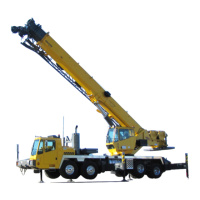
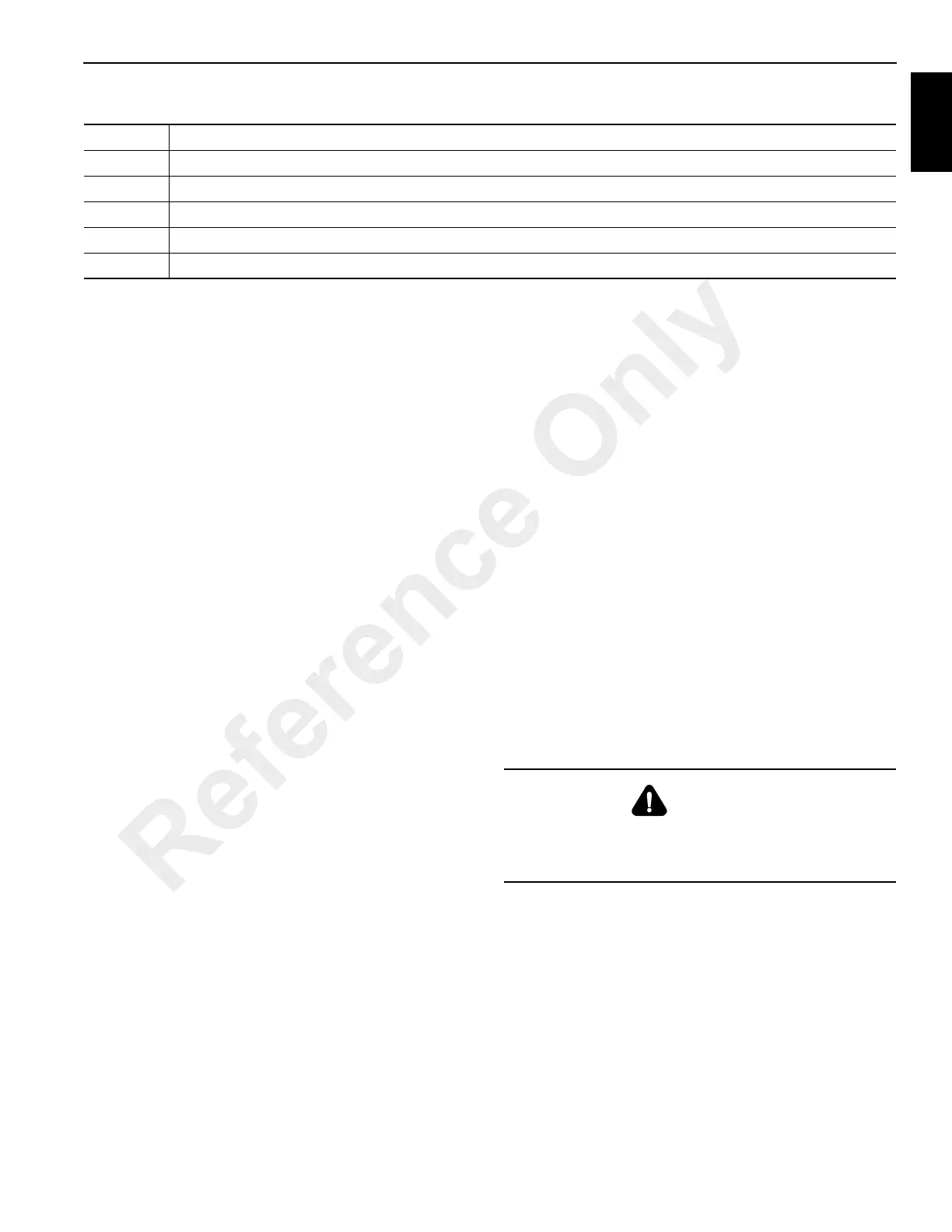